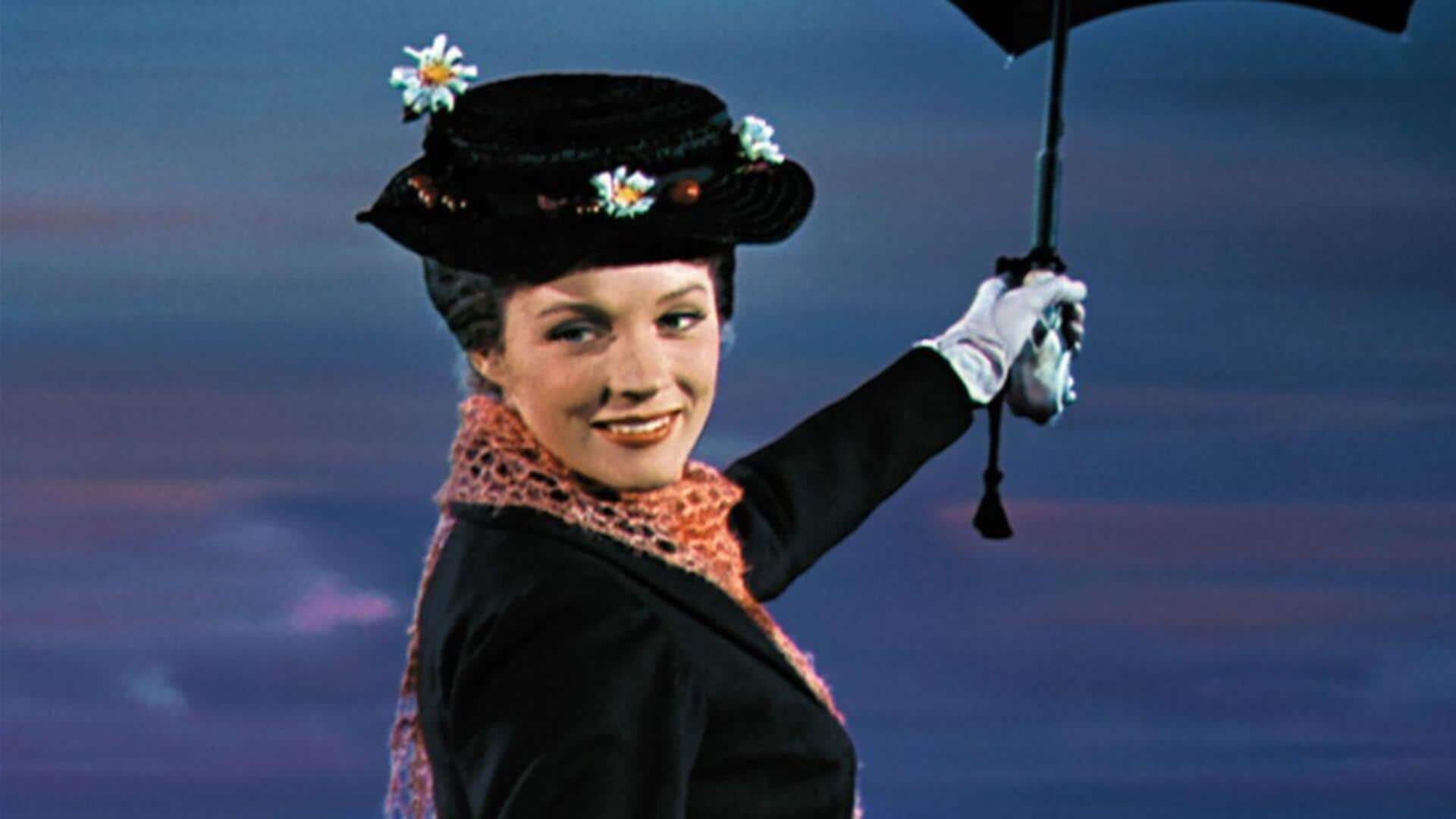
The magical evolution of Mary Poppins in US cinema
What's the story
The character of Mary Poppins has been an integral part of US cinema, growing through a variety of adaptations and interpretations. From its debut on the big screen to its most recent depictions, Mary Poppins has mesmerized audiences with its unique fusion of fantasy and reality. Here's how this iconic character evolved over the years, mirroring changes in cinematic techniques and audience expectations.
Classic debut
The original 1964 film
The 1964 original, Mary Poppins, introduced us to the character 'Mary Poppins,' played by Julie Andrews. This adaptation was unique as it was the first to blend live-action with animation, a technique that was revolutionary back then. The film's success lies in its captivating story, unforgettable music, and Andrews's performance, which won her an Academy Award for Best Actress.
Modern techniques
Technological advancements in sequels
In later adaptations and sequels, technology has been the key to bringing Mary Poppins to life visually. With better special effects and CGI technology, filmmakers have been able to create a more immersive magical world. From these advancements, the newer versions have been able to appeal to modern audiences while keeping the magic of the original story intact.
Evolving narratives
Cultural shifts reflected in storytelling
As societal norms have changed over the years, so have the stories of the Mary Poppins films. The recent adaptations feature more diverse characters and themes that resonate with a contemporary audience. These changes reflect shifts in cultural values and what we prioritize, all while remaining in communion with the essence of what makes Mary Poppins timeless.
Musical influence
Impact on the musical cinema genre
Notably, the musical elements introduced by Mary Poppins have continued to impact cinema as a whole to date. Its songs became classics that influenced future musical films thematically and stylistically. By blending narrative with music seamlessly, it set a standard for how musicals could be integrated into mainstream cinema successfully.